
Investigador en la Universidad de Cambridge. ADN móvil, pangenomas, cosas que evolucionan.
Logan now democratizes efficient access to the world’s most comprehensive genetics dataset. Free and open.
doi.org/10.1101/2024...

Logan now democratizes efficient access to the world’s most comprehensive genetics dataset. Free and open.
doi.org/10.1101/2024...
www.biorxiv.org/content/10.1...

Deeply resonates with the commentary Paul Thomas and I wrote last year www.nature.com/articles/s41...

Cambridge scientists discovered that ‘flipped’ segments of DNA act like evolutionary turbo boosts — helping species adapt fast and evolve into new ones. 👇
www.science.org/doi/10.1126/science.adr9961

Cambridge scientists discovered that ‘flipped’ segments of DNA act like evolutionary turbo boosts — helping species adapt fast and evolve into new ones. 👇
www.science.org/doi/10.1126/science.adr9961
cichlidae.com/article.php?...

cichlidae.com/article.php?...
www.science.org/doi/10.1126/...
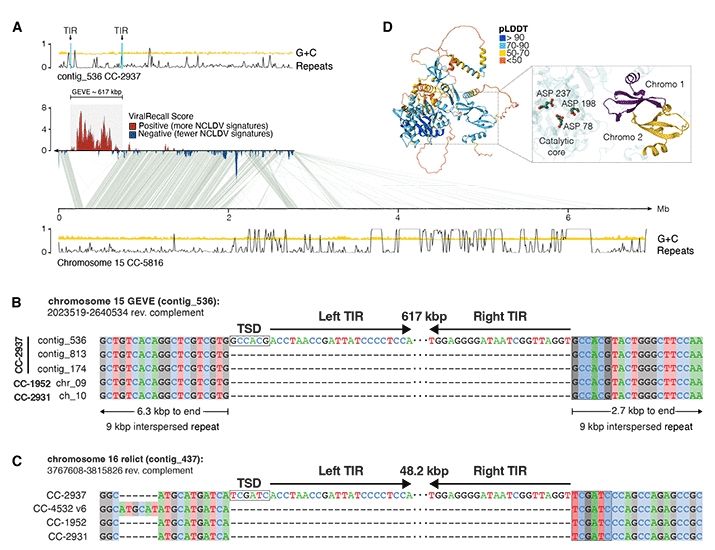
www.science.org/doi/10.1126/...
the Liu group we report the development of a laboratory-evolved CRISPR-associated transposase (evoCAST) that supports therapeutically relevant levels of RNA-programmable gene insertion in human cells. drive.google.com/file/d/1I-Ub...
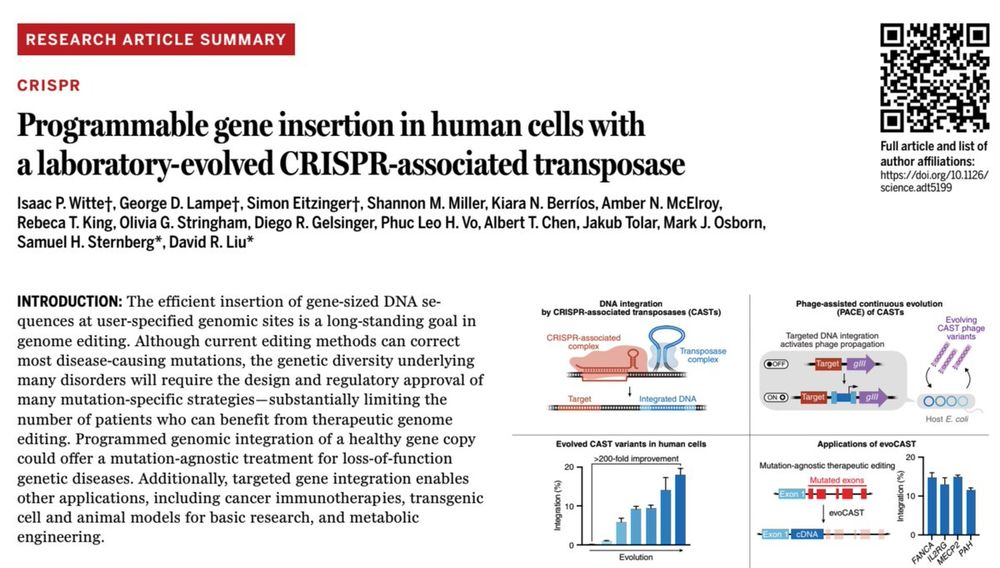
the Liu group we report the development of a laboratory-evolved CRISPR-associated transposase (evoCAST) that supports therapeutically relevant levels of RNA-programmable gene insertion in human cells. drive.google.com/file/d/1I-Ub...
Now with phased genomes from 200+ individuals, a 5x increase from Release 1.
Explore sequencing data, assemblies, annotations & alignments in our interactive data explorer ⬇️:
humanpangenome.org/hprc-data-re...

Now with phased genomes from 200+ individuals, a 5x increase from Release 1.
Explore sequencing data, assemblies, annotations & alignments in our interactive data explorer ⬇️:
humanpangenome.org/hprc-data-re...
www.nature.com/articles/s41...
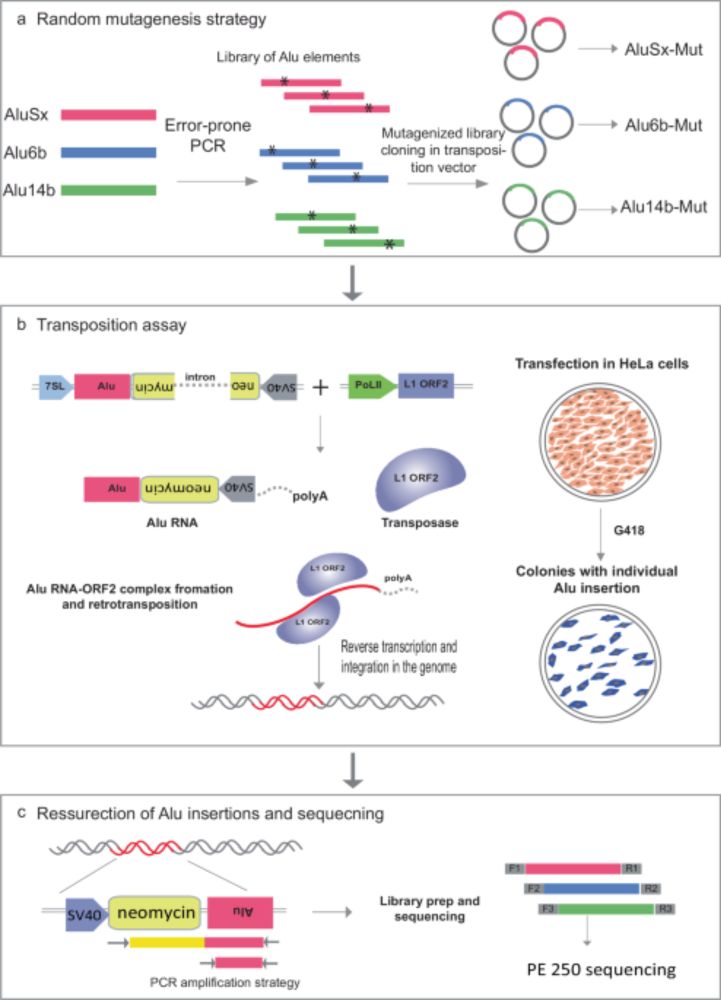
www.nature.com/articles/s41...
Gag proteins of endogenous retroviruses are required for zebrafish development
www.pnas.org/doi/10.1073/...
Led heroically by Sylvia Chang & @jonowells.bsky.social
A study which has changed the way I think of #transposons! No less! 🧵 1/n
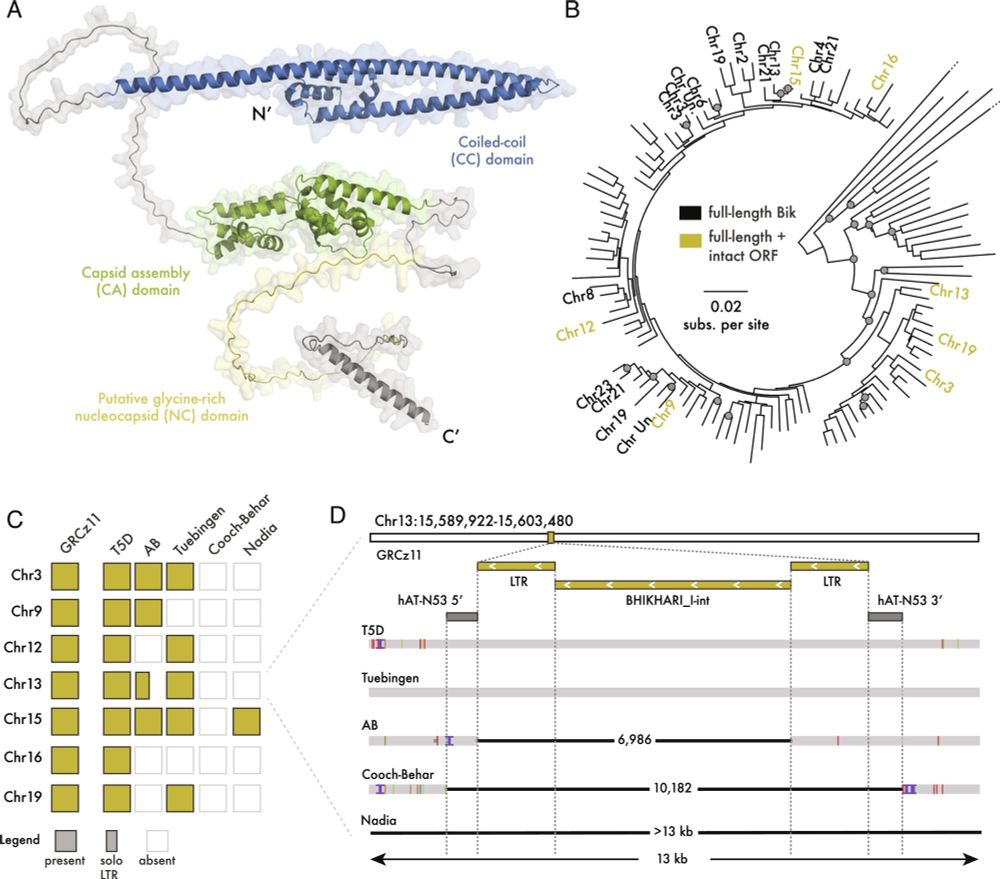

academic.oup.com/evolut/artic...
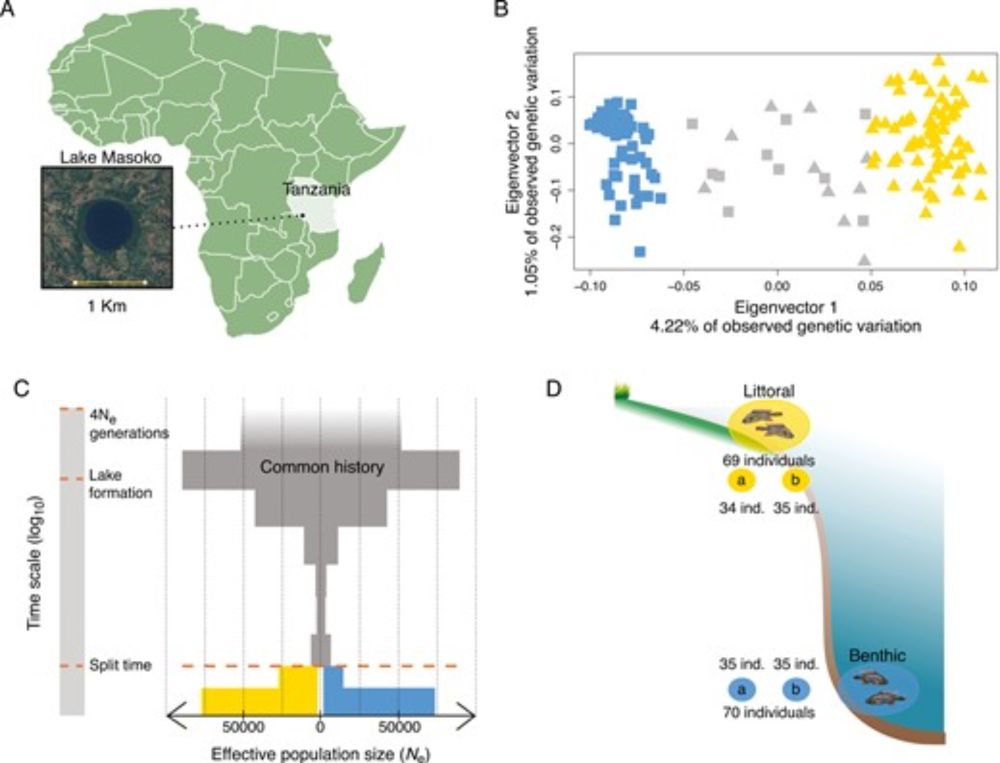
academic.oup.com/evolut/artic...
xkcd.com

xkcd.com
But did you know they can also jump 𝘣𝘦𝘵𝘸𝘦𝘦𝘯 cells? 🤯
Our new study reveals how retrotransposons invade the germline directly from somatic cells.
www.biorxiv.org/content/10.1...
A short thread 🧵👇
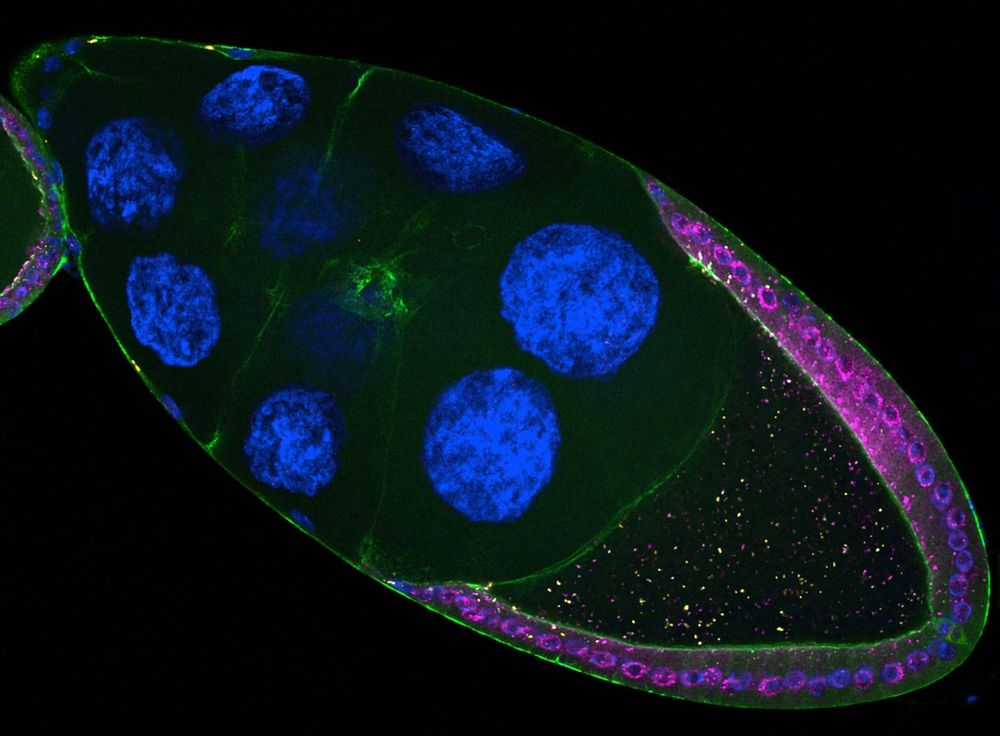
Adrian is a brilliant scientist and mentor, this is a fantastic opportunity I strongly recommend.
Adrian is a brilliant scientist and mentor, this is a fantastic opportunity I strongly recommend.
In collaboration with Andrew Lang and Alison Buchan, we just published a review on the complex and sometimes convoluted interactions and evolutionary relationships among bacterial mobile genetic elements.
#phage #plasmid #evolution #bacteria #plasmidbiology #MGE

In collaboration with Andrew Lang and Alison Buchan, we just published a review on the complex and sometimes convoluted interactions and evolutionary relationships among bacterial mobile genetic elements.
#phage #plasmid #evolution #bacteria #plasmidbiology #MGE
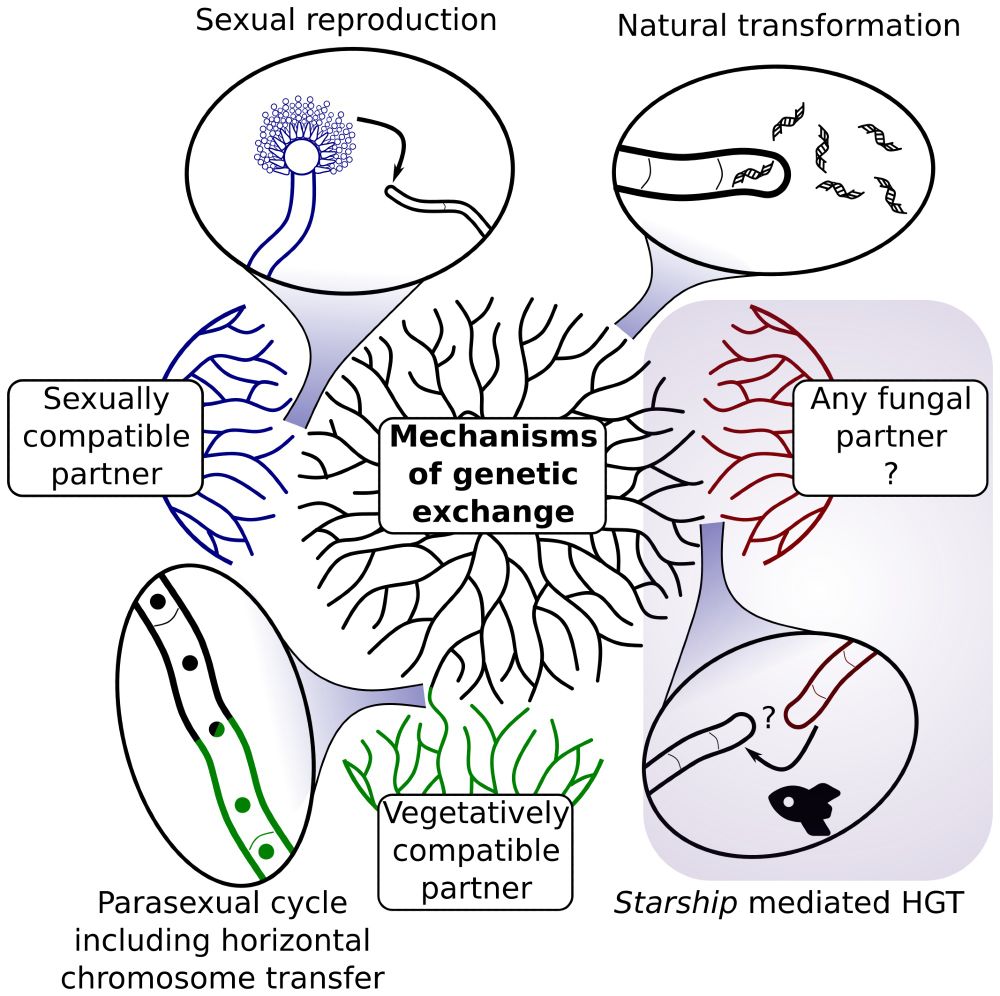
Join Dr Alex Cagan to find out how nature’s solutions to longevity may hold the key to tackling our own health challenges.
🗓️ 03 April
⌚ 8-9pm
📍 Cambridge Union
🎫 Booking required

Join Dr Alex Cagan to find out how nature’s solutions to longevity may hold the key to tackling our own health challenges.
🗓️ 03 April
⌚ 8-9pm
📍 Cambridge Union
🎫 Booking required




